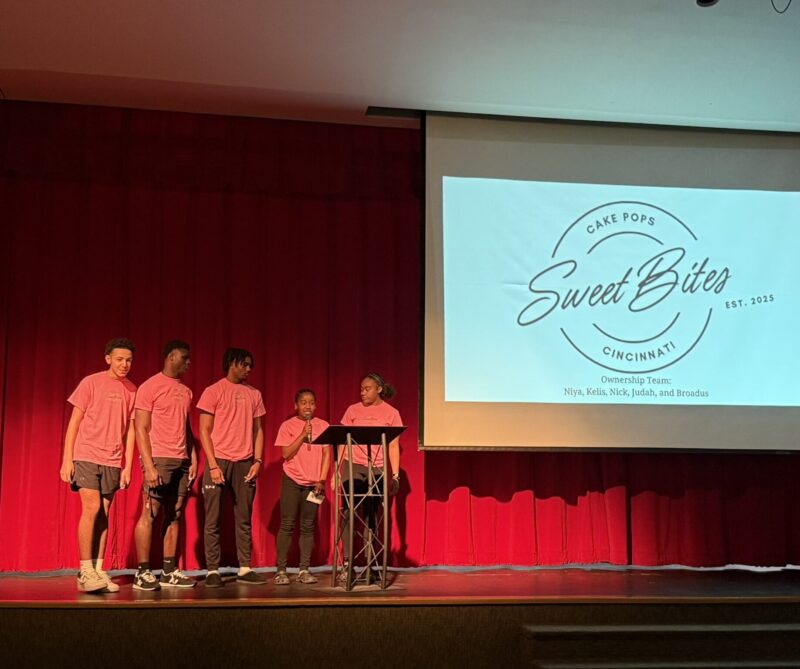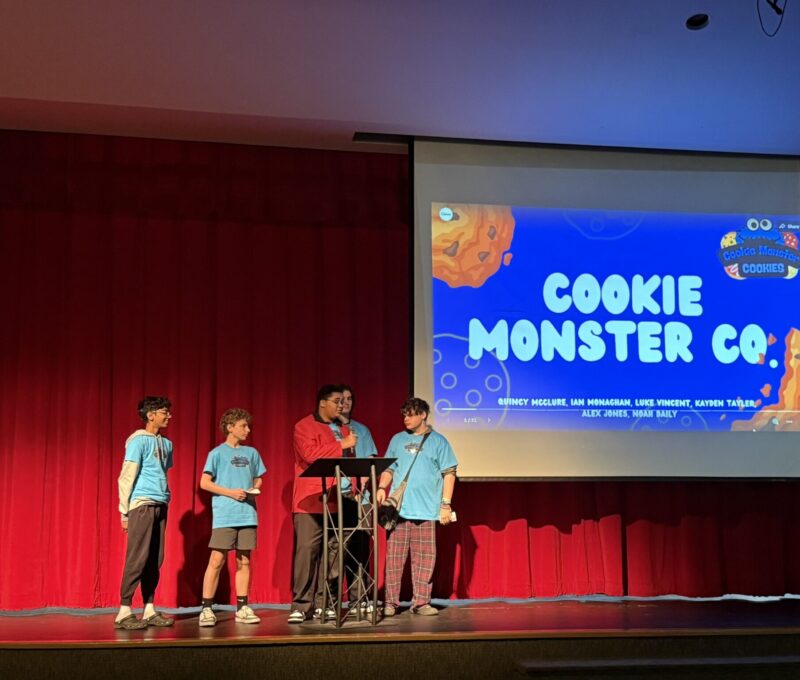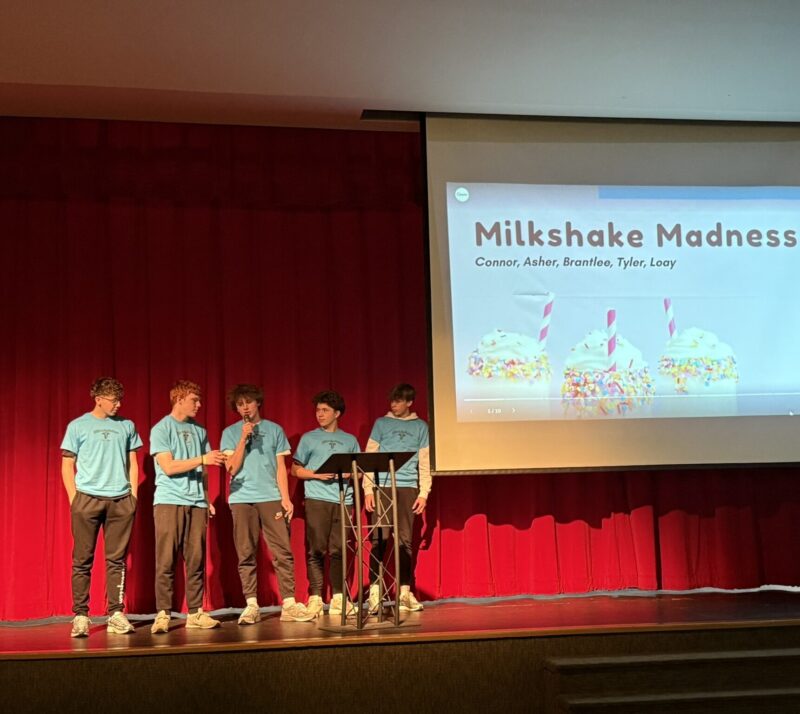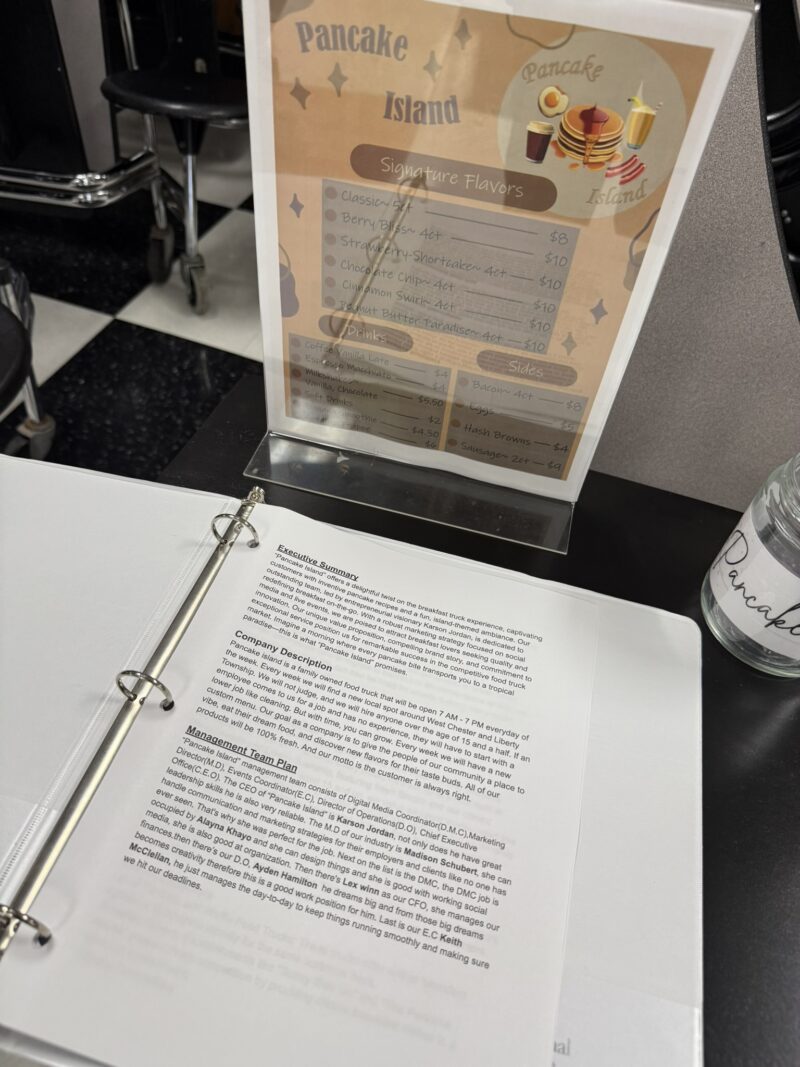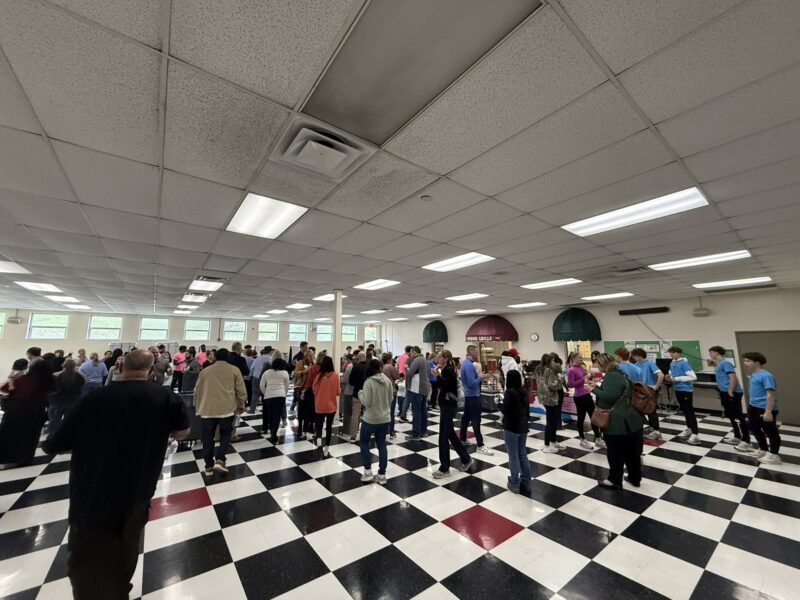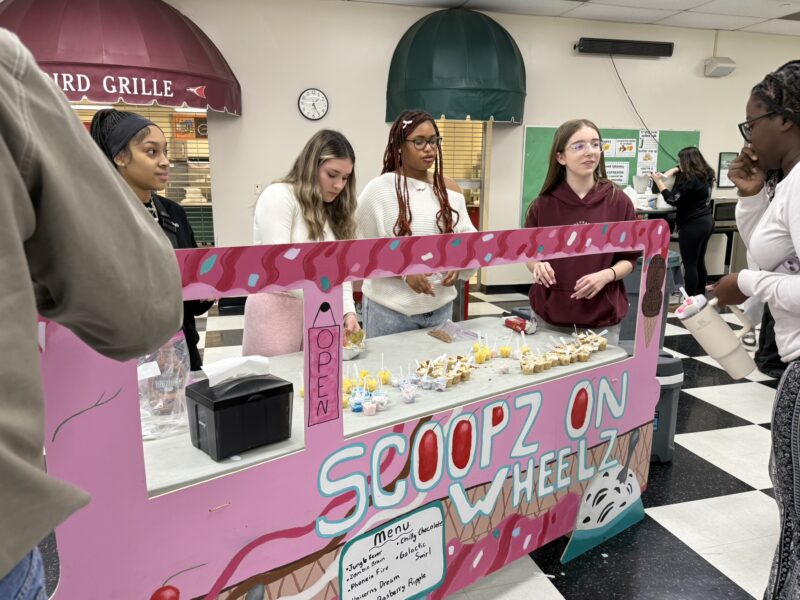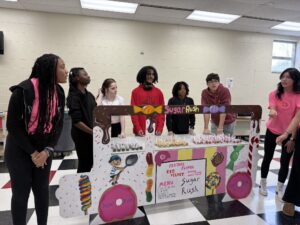 What started as an Entrepreneurship Unit in the Career and College Readiness (CCR) course at Lakota West Freshman, grew into a multi-week learning experience that connected students across several academic and career-tech classrooms. With support from Engineering Design, Fine Arts, Content Creation, and Culinary Fundamentals classes, students conceptualized, branded, designed, and pitched original food truck businesses from the ground up.
What started as an Entrepreneurship Unit in the Career and College Readiness (CCR) course at Lakota West Freshman, grew into a multi-week learning experience that connected students across several academic and career-tech classrooms. With support from Engineering Design, Fine Arts, Content Creation, and Culinary Fundamentals classes, students conceptualized, branded, designed, and pitched original food truck businesses from the ground up.
The project began with a challenge to every CCR student: design a food truck concept that reflects your unique interests and meets a need in your community. Instead of jumping straight into groups, students worked independently to pitch their own ideas, ensuring that even the quietest voices had a platform. Ideas were then voted on by classmates, and the top concepts were adopted by teams, giving life to trucks like Sweet Bites, Trippy Treats, Rollin’ Dough, and Pancake Island.
Each team formed roles including CEO, CFO, Marketing Director, and Event Coordinator, and began crafting their full business plans—covering everything from operations to marketing strategy to product development. All plans were rooted in Ohio State education standards, with a special focus on communication, leadership, and ethical use of Artificial Intelligence as a tool for brainstorming and revision.
One of the most innovative aspects of the project was how it simulated work-based learning (WBL) through “contracting out” services to other career-tech classrooms.
- Engineering Design students helped bring the businesses to life by building physical models of the food trucks based on student concept boards.
- Fine Arts students translated vision boards into hand-drawn exterior designs for the trucks, sparking a professional exchange of feedback that taught CCR students how to communicate criticism constructively and respectfully.
- Content Creation students used their design skills to build professional-quality menus, working as creative consultants to their CCR “clients.”
- Culinary Fundamentals students developed and prepared three recipes for each of the eight trucks—over 20 total—ultimately producing more than 1,600 food samples for the culminating event. The “featured recipe” for each truck was selected by CCR students after taste testing and providing feedback to the Culinary teams.
Each layer of collaboration added depth, realism, and mutual respect between students from different disciplines—mirroring how real businesses operate with specialized departments.
As the Food Truck Rally approached, the CCR class turned its focus to presentation and networking. Students identified their personal strengths using previous career exploration assessments and then assigned presentation roles that matched their skill sets. Students practiced professional handshakes, public speaking, and elevator pitches—preparing for both stage presentations and one-on-one networking with the event guests.
They even tackled real-time marketing by creating custom t-shirts for their brands using Canva and a heat press found in storage—proving that innovation often starts with what’s already at hand.
On the day of the event, students took the stage to present their business plans to an audience of peers, staff, and community members. Then the crowd moved to the cafeteria, where the full experience came to life—menu boards, branded t-shirts, table-top food truck models, and Culinary students serving the final product samples. Feedback stations with QR codes gave attendees a chance to vote and offer reflections.
The winning truck, Sweet Bites, was conceptualized by one of the class’s most quiet students—proving that intentional design for student voice can unlock incredible potential.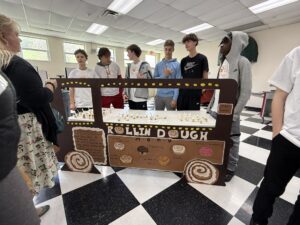
Corri Hernandez, Butler Tech Family & Consumer Science Instructor is already compiling resources to turn this experience into a repeatable project for future students. “We may not have the fanciest building or the flashiest tools,” she said, “but what we do have is a staff willing to collaborate and a group of students with the heart and hustle to create something extraordinary.”
This Food Truck project not only checked every academic box—it transformed classrooms into companies, students into professionals, and learning into an experience they’ll never forget.
